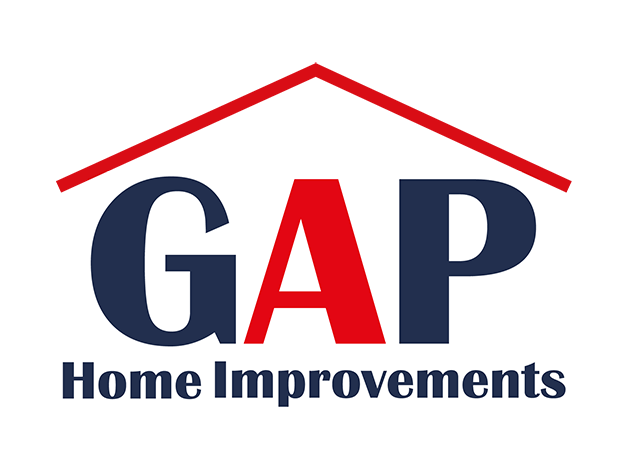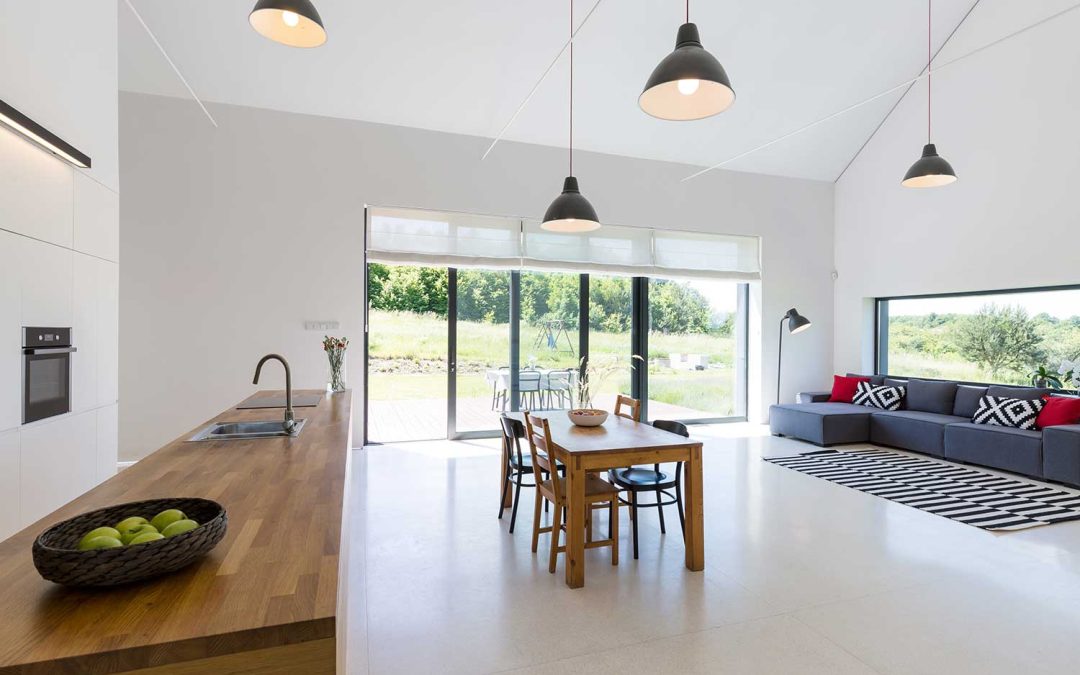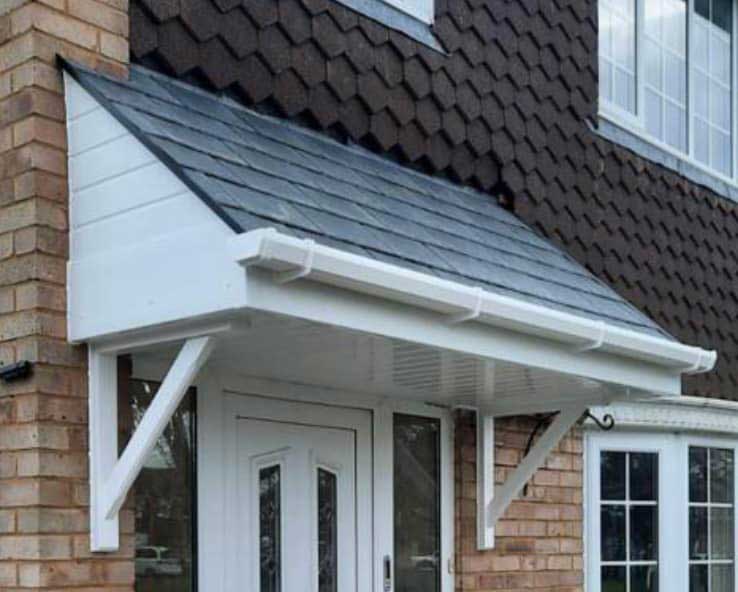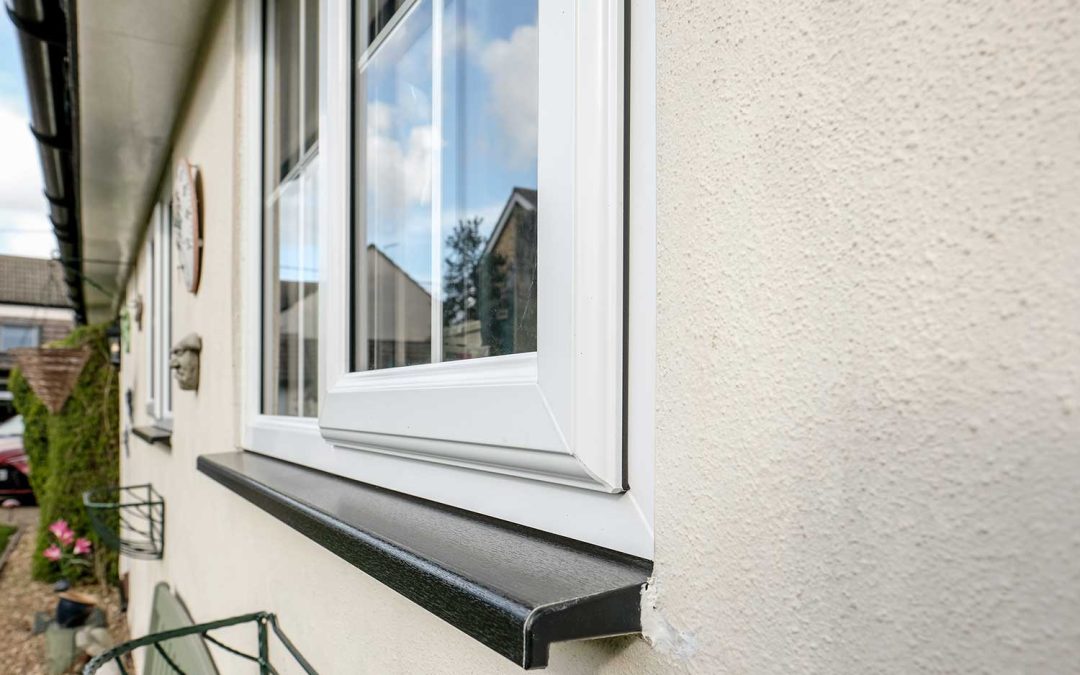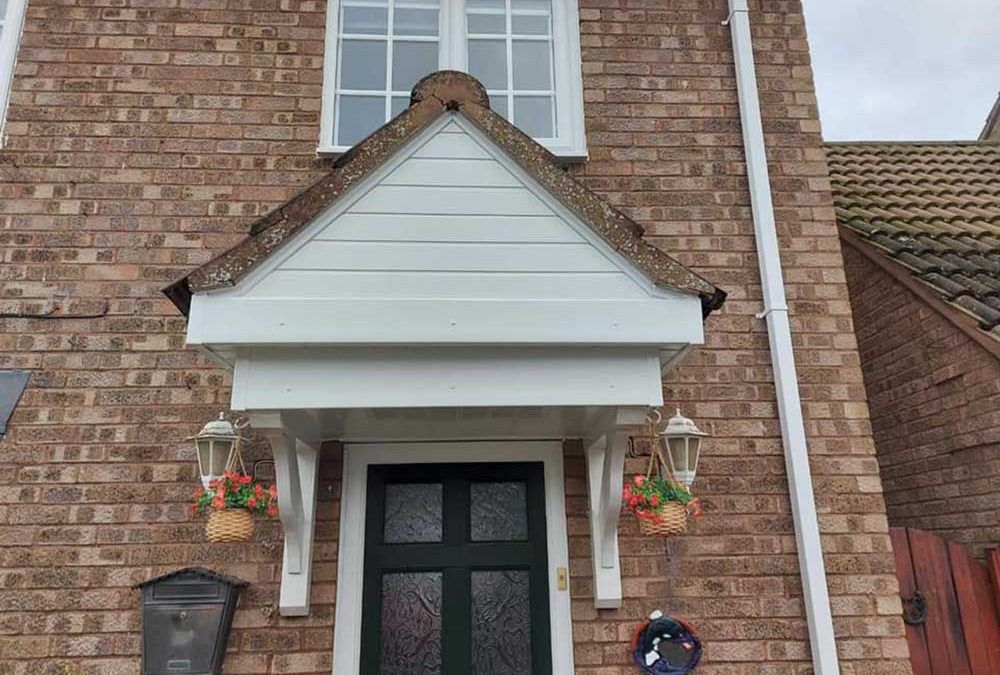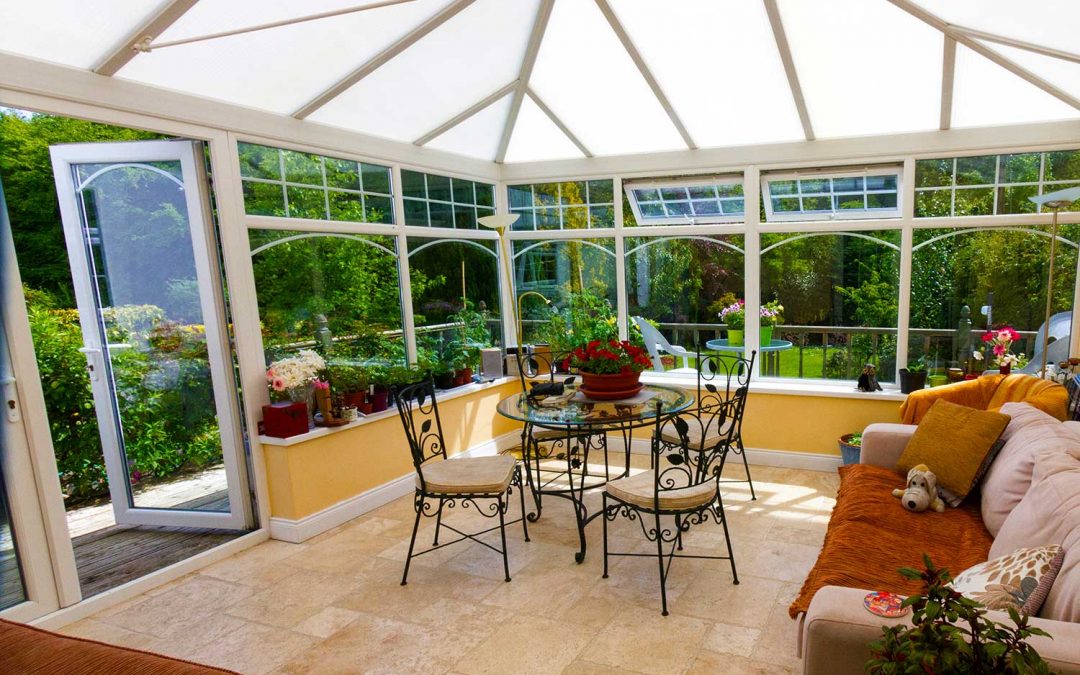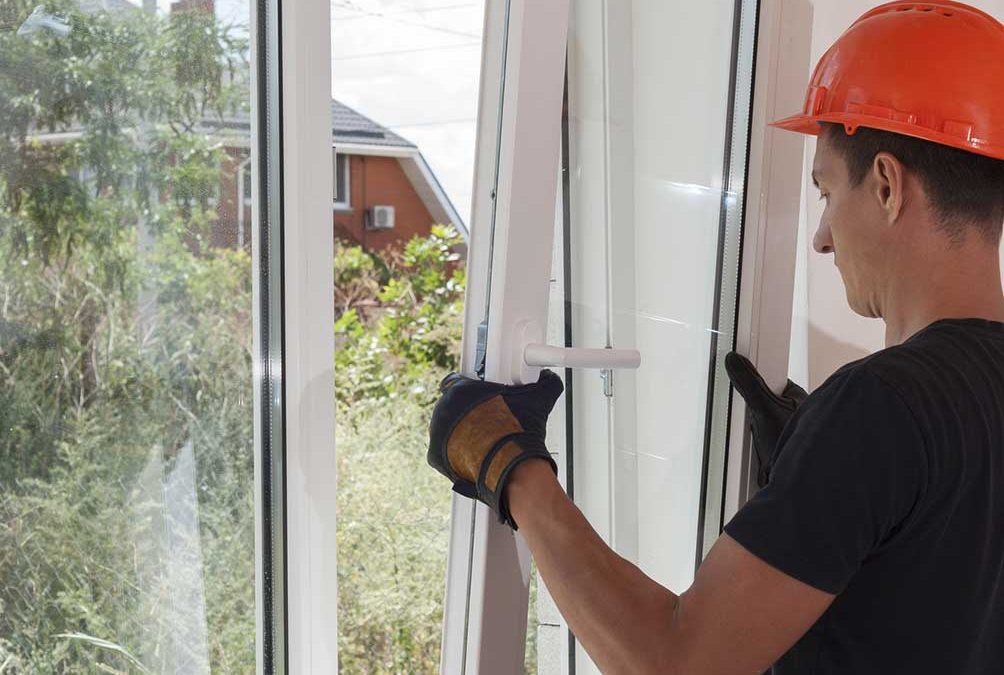Welcome to our latest home improvement insight, where we delve into a topic that’s essential to keep your house warm yet often overlooked: home insulation. Think of insulation as the silent guardian of your home’s comfort and efficiency. In the UK, where the weather can be unpredictable, having a well-insulated home is key to staying warm in winter and cool in summer, all while keeping energy costs in check. Effective insulation is about more than just filling walls and attics; it’s a strategic investment in your home that pays dividends in both comfort and savings. Let’s unwrap the layers of insulation and understand how it can transform your living space into a more energy-efficient and comfortable haven.
Understanding Insulation and Its Benefits
What is Insulation and How Does it Work to Keep Your House Warm?
At its core, insulation is a material that slows down the transfer of heat. It acts as a barrier, trapping warmth inside during colder months and keeping heat out when it’s warmer. In your home, this means that during the winter, insulation will keep your house warm by keeping the warm air generated by your heating system inside, and in the summer, it helps maintain a cool interior by warding off external heat.
The Benefits of Proper Insulation
- Energy Cost Savings: One of the most compelling reasons to ensure your home is properly insulated is the potential for significant energy savings. By reducing the need for heating and cooling, insulation can lower energy bills substantially.
- Enhanced Comfort: A well-insulated home maintains a consistent temperature to keep your house warm, eliminating cold drafts and hot spots, leading to a more comfortable living environment.
- Reduced Carbon Footprint: By decreasing the amount of energy needed to heat and cool your home, insulation contributes to a lower carbon footprint, making it an environmentally responsible choice.
- Improved Noise Reduction: Insulation also serves as an effective sound barrier, reducing the transmission of noise from outside and between different rooms and floors within your home.
With these benefits in mind, it’s clear that insulation is a crucial aspect of any energy-efficient home. But how do you know if your home is adequately insulated, and what can you do if it’s not? In the next section, we’ll guide you through assessing your home’s insulation needs and identifying signs of insufficient insulation.
Keep Your House Warm By Assessing Your Home’s Insulation Needs
Identifying Insulation Gaps
To maintain an energy-efficient home, it’s crucial to identify where insulation may be lacking. Here are some signs and tips to assess your home’s insulation:
- Uneven Heating and Cooling: If certain rooms are consistently colder in winter or warmer in summer, this may indicate poor insulation.
- High Energy Bills: Compare your energy bills with similar-sized homes in your area. Significantly higher bills can suggest inadequate insulation.
- Drafts and Cold Spots: Feel around windows, doors, and electrical outlets for drafts. These are common areas where insulation may be insufficient.
- Visual Inspection: In areas like attics or basements, a visual inspection can reveal if insulation is old, damaged, or thin.
- Recommended Insulation Levels: The UK has specific recommendations for insulation levels depending on your location and the type of property. Familiarise yourself with these standards to understand your home’s requirements.
Types of Insulation Materials
There are various insulation materials available, each with its own advantages. Choosing the right one depends on your specific needs, budget, and the area of your home you’re insulating.
- Fibreglass: Commonly used in attics and walls, fibreglass insulation is affordable and easy to install. It’s suitable for standard spacing between wall studs and attic joists.
- Cellulose: Made from recycled paper products, cellulose is an eco-friendly option. It’s often used for insulating attics and can be blown into existing walls without much disturbance.
- Spray Foam: Ideal for sealing gaps and cracks, spray foam expands to fill spaces, providing an excellent air barrier. It’s more expensive but highly effective for both insulation and air sealing.
- Mineral Wool: Known for its fire-resistant properties, mineral wool is effective for both insulation and soundproofing. It’s denser than fibreglass and great for thermal insulation.
- Eco-Friendly Options: For those prioritising sustainability, materials like sheep’s wool, cotton, and aerogel offer eco-friendly insulation solutions. They are typically more expensive but have lower environmental impacts.
In the next section, we’ll explore how you can perform basic insulation checks and make improvements yourself, as well as when it’s best to call in professional help for more complex insulation needs.
DIY Insulation Checks and Improvements
Even if you’re not a home improvement expert, there are simple checks and upgrades you can do to enhance your home’s insulation:
Basic Insulation Checks
- Attic Inspection: Check the depth of the insulation in your attic. If it’s below the level of the joists, you likely need to add more. The insulation should be evenly distributed, without gaps.
- Window and Door Draft Test: On a windy day, hold a thin piece of paper or a candle around the edges of windows and doors. Movement in the paper or flickering of the candle flame can indicate drafts.
- Wall Touch Test: Walls, ceilings, and floors in your home should feel warm and dry. If they feel damp or cold, it could mean insufficient insulation.
DIY Insulation Improvements
- Seal Gaps and Cracks: Use caulk to seal gaps around window and door frames and where pipes and wires enter the house. This prevents cold air from entering and warm air from escaping.
- Install Door Draft Stoppers: These are an easy and cost-effective way to stop drafts under doors.
- Add Insulation in the Loft: Laying additional insulation material in your loft can be a straightforward DIY task, significantly improving your home’s thermal efficiency.
When to Call the Professionals
While some insulation tasks can be DIY, certain situations require professional expertise:
- Wall Insulation: Installing insulation in walls often requires specialist equipment and knowledge, especially if it involves cavity wall or solid wall insulation.
- Complex Areas: Areas like crawl spaces or flat roofs might have specific insulation needs that are best handled by professionals.
- High-Performance Insulation: If you’re considering high-performance solutions like spray foam, professional installation ensures effectiveness and safety.
- Building Regulations: In some cases, upgrading insulation might need to comply with building regulations. Professionals can ensure that your home meets these standards.
- New Windows and Doors: Old or badly fitting windows and doors may simply need replacing if the necessary insulation properties can’t be achieved. Replacing your existing windows with double or triple glazed UPVC windows will instantly improve the energy efficiency of your home and help keep your house warm this winter.
Financial Incentives and Support
Understanding and accessing financial support can significantly reduce the cost of insulating your home. Here’s what you need to know about available incentives and how they can help you keep your house warm:
Government Grants and Schemes
- Energy Company Obligation (ECO) Scheme: This government program obligates larger energy suppliers to help households with lower incomes or in vulnerable situations to reduce their energy bills. Check if you qualify for free or subsidised insulation improvements under this scheme.
- Local Council Initiatives: Some local councils in the UK offer grants or assistance programs for home energy improvements. Contact your local council in Cambridgeshire or Bedfordshire to inquire about any available support.
Financial Benefits of Insulation Upgrades
- Long-term Savings: While there’s an upfront cost for installing insulation, the long-term savings on energy bills can be substantial. Consider this a long-term investment in your property.
- Increased Property Value: Homes with better energy efficiency ratings can attract higher resale values. Effective insulation plays a significant role in improving these ratings.
- Reduced Carbon Footprint: By reducing energy consumption, insulation contributes to lower carbon emissions, aligning with broader environmental goals and potentially qualifying for future green incentives.
Applying for Incentives
- Research: Regularly check government websites and local council announcements for any new grants or financial support programs.
- Eligibility Criteria: Carefully review the eligibility criteria for each program to ensure you qualify before applying.
- Professional Assistance: Some schemes may require assessments or work to be done by certified professionals. GAP Home Improvements can guide you through this process, ensuring compliance with program requirements.
Conclusion: Keep Your House Warm and More Energy-Efficient
Effective insulation is key to keep your house warm and make your home more energy-efficient, comfortable, and cost-effective. By understanding the signs of insufficient insulation and knowing the types of materials available, you can make informed decisions about improving your home’s insulation. Whether you tackle some of these tasks yourself or enlist the help of professionals, enhancing your home’s insulation is a worthwhile investment that pays off in the long term by reducing your bills and helping to keep your house warm.
Interested in improving your home’s insulation but concerned about costs? Contact GAP Home Improvements today. We can help you understand the available financial incentives, assess your eligibility, and provide top-quality window and door replacements to enhance your home’s comfort and efficiency. Let us help you keep your house warm and enable you to make an informed, cost-effective decision in your journey toward a more energy-efficient home.
